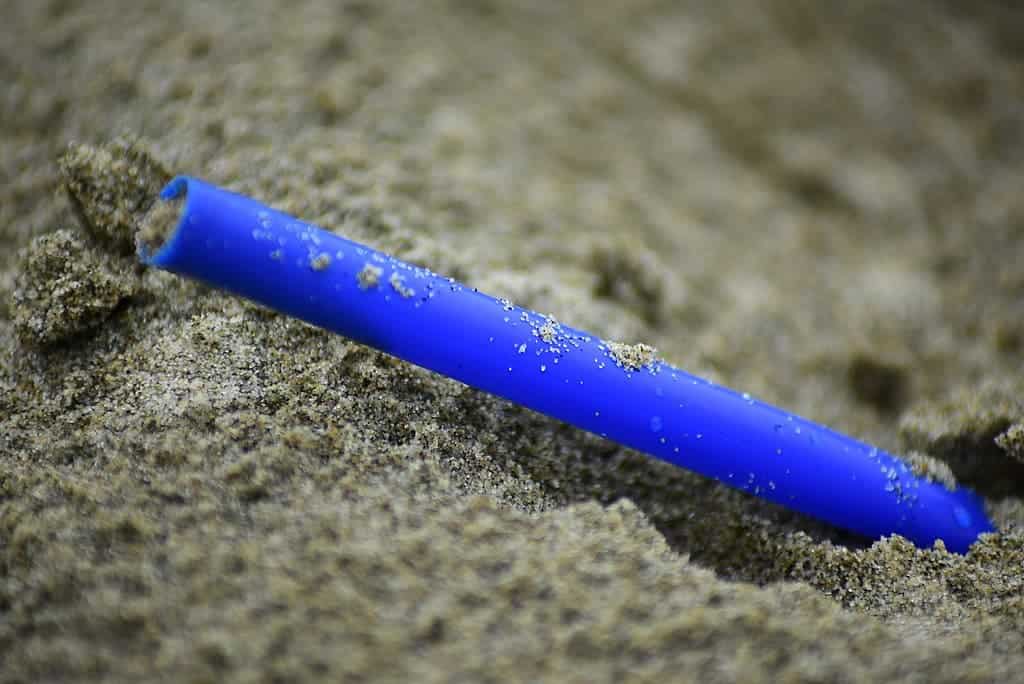A set of 19 single-use plastic products have now been banned in India as part of a larger effort to tackle plastic waste. The ban includes products like earbuds, plastic sticks for balloons, candy and ice cream, packaging films, cutlery, and straws but leaves out thousands of other plastic products, such as bottles for water and bags of chips.

Put simply, single-use plastics refer to plastic items that are used only once and then discarded – often, in minutes. They are most commonly used for packaging and service ware, such as bottles, bags and wrappers, and are a glaring example of today’s throwaway culture, prioritizing convenience over durability and long-term impacts.
Plastic manufacturers had asked the government to delay the move, arguing it would cause job losses and high inflation. But India’s Environment Minister Bhupender Yadav said at a press briefing the ban had been in the pipeline for a year and wouldn’t be delayed. Plastic bags had already been prohibited by the government late last year and now, the move is being expanded to a broader range of plastic products.
A 2021 report found that single-use plastics account for a third of all plastic produced globally, with 98% manufactured from fossil fuels. Single-use plastics also account for most of the plastic discarded. India features in the top 100 countries of single-use plastic waste generation, with 11.8 million metric tons generated every year. It’s also one of the countries that mismanage most of the plastic on Earth (although on a per capita basis, it doesn’t fare as bad).
A ban on single-use plastics
India said the banned items were chosen while keeping in mind the availability of alternatives, such as plantain trays, wooden ice-cream sticks and bamboo spoons. Speaking with local media, officials from the Environment Ministry said all the items are very difficult to collect due to their small size, which makes recycling difficult.
As it’s so often the case with plastic policies, many companies feel the policy is going too far, while environmental groups feel it’s not going far enough. Satish Sinha of the environmental group Toxic Links from India, described the list of banned items as “low-hanging fruits”. Of the single-use plastic industry in India, the production and sale of these items are very small, Sinha argued. The largest share of single-use plastics is packaging, which isn’t addressed at all with the new move.
This isn’t the first time India has considered a plastic ban, but previous efforts have focused only on specific regions of the country, with varying degrees of success. The country lacks a nationally organized system to address plastic waste, which leads to extensive littering in many instances, and the plastic accumulates or ends up in rivers which spill it into the oceans.
Earlier this year, almost every country agreed to create an agreement that will make it legally binding for countries to address the full life of plastics, from production to disposal. The UN estimates we have moved from two million tons of plastics produced in 1950 to 400 million tons now – with 12 million tons reaching the oceans every year.
In the meantime, bans on single-use plastics across the world seem to be expanding. Bangladesh was among the first ones to ban thin plastic bags in 2002. In the US, eight states have already banned single-use plastic bags, starting with California in 2014. In the EU, a directive was officialized last year, banning certain single-use plastics for which alternatives are available.



